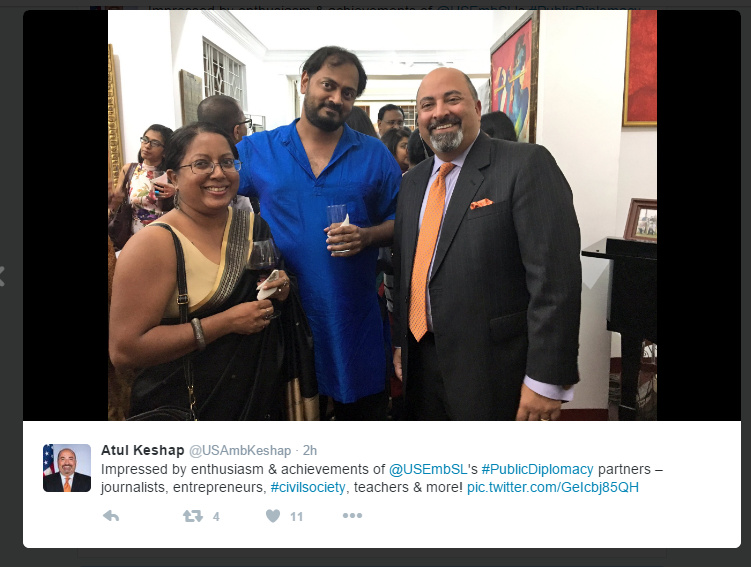Yes, it’s a very rare combination- an IT & a martial arts professional specially in a country like Sri Lanka.
I completed my Master’s in IT at the University of Keele, UK and am proud to say I could do this with the assistance of my martial arts training.
Unlike other sports, martial arts involves as much mental training as it does physical and it encourages practitioners to create their own unique style instead of just following what a sensei teaches you.
Through rigorous training, you commit movements and strikes to muscle memory. When starting martial arts there are 4 main mind sets involved:
- Shoshin, ‘Beginners Mind’. This is when we need to pay attention to our sensei and diligently adapt those teachings based on our physical and mental capabilities. This we have to carry with us even after attaining a black belt (ShoDan, ‘Beginners Level’), as this isn’t the end but a new beginning.
-Mushin, ‘No Mind’. This sounds confusing but what it means is, after constant practice, a student should be able to carry out specific tasks without actually having to think about the task at hand. It becomes second nature to them.
- Fudoshin, ‘Immoveable Mind’. This helps the student guard his/her mind from outside influences and contributes to his/her effectiveness.
-Zanshin, ‘Remaining Mind’. This simply means keeping focused and alert while assessing that all potential threats are neutralized.
“Stay ready, so you don’t have get ready”- Conor McGregor
These mental lessons can be used in our day to day activities, either professional or personal and irrespective of social status or other factors.











































